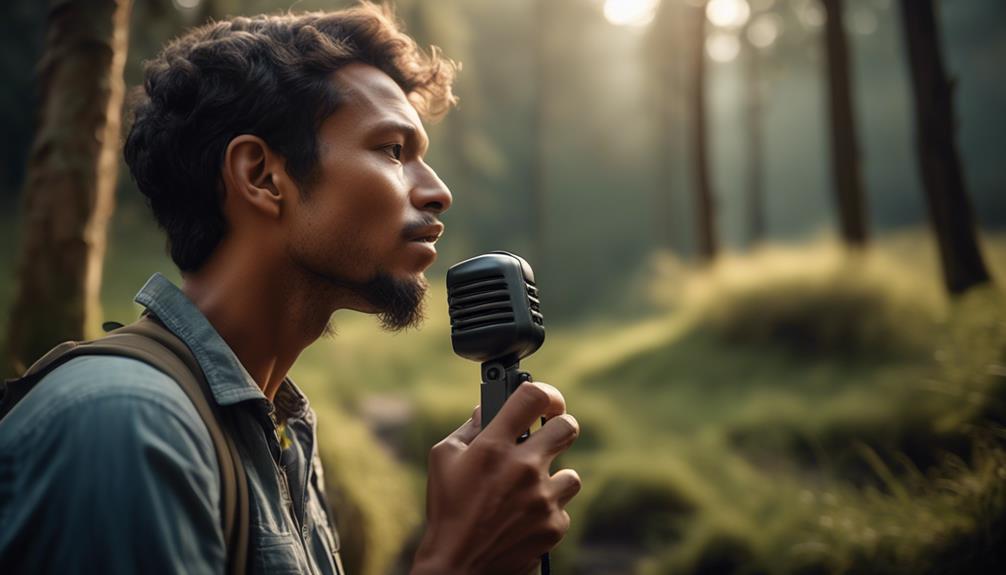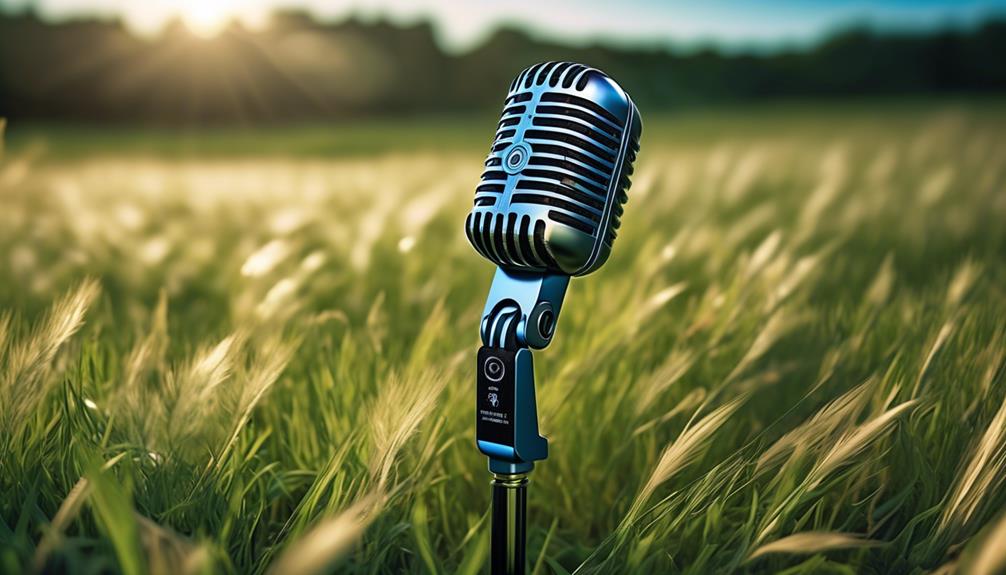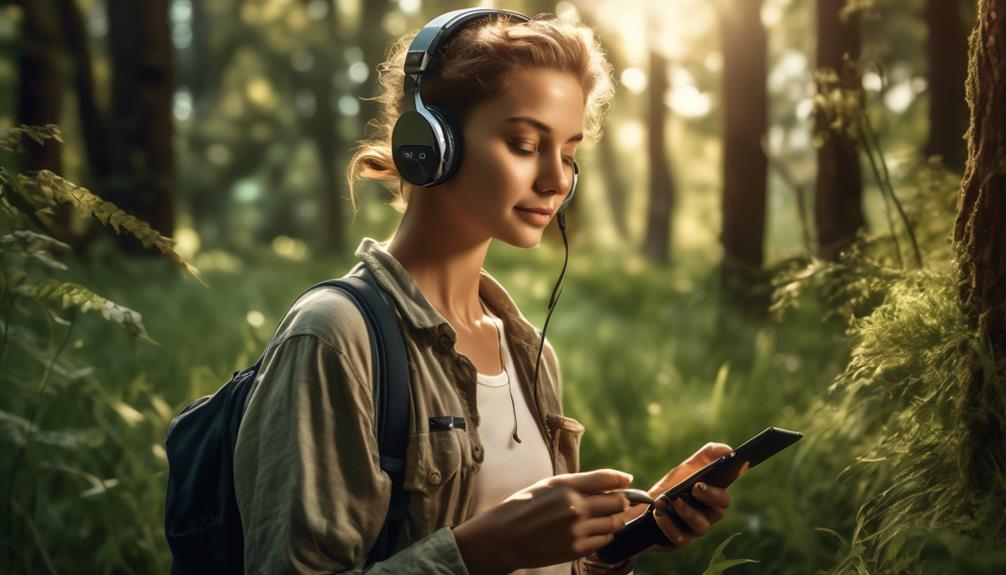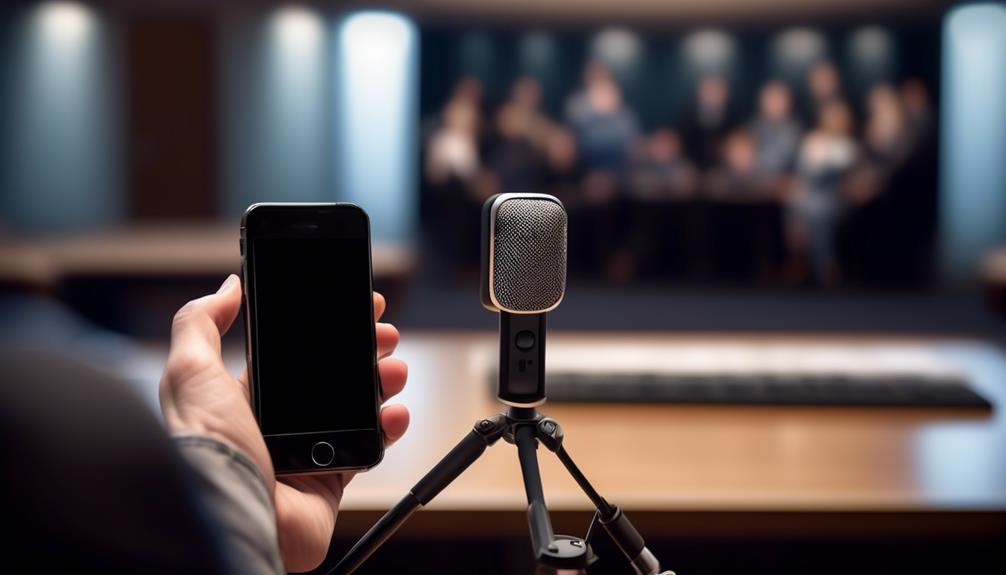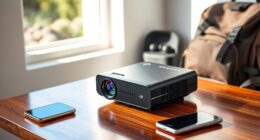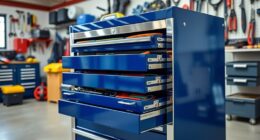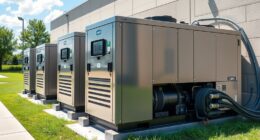When it comes to capturing excellent field recordings, it can be easy to feel daunted by the technical details and potential challenges. Nevertheless, by utilizing the correct methodology and understanding, attaining top-notch recordings is completely feasible.
From selecting the right equipment to mastering techniques for capturing natural sounds, there are numerous factors to consider.
As we dive into this discussion, we'll uncover practical tips and strategies to help you elevate your field recording game and capture the best possible sound in any environment.
Key Takeaways
- Consider the purpose and budget when selecting an audio recorder for field recordings.
- Choose a location with minimal human-made noise and a rich tapestry of nature sounds.
- Utilize windproofing solutions and closed-backed headphones to manage external factors.
- Invest in quality equipment with low noise preamps and good analog-to-digital converters for the best sound quality.
Selecting the Right Equipment
When selecting the right equipment for field recordings, it's important to consider the purpose and budget to ensure the audio recorder meets our specific needs. We, as field recordists, aim to capture high-quality natural sounds, and the choice of recorder is crucial in achieving this goal. A good recorder for field recordings should have XLR inputs for connecting external microphones, such as the Zoom H1n, Roland R-07, or Tascam DR-05, to ensure excellent audio quality. Additionally, the recorder should be equipped to minimize wind noise, preserving the integrity of the recorded sounds.
As we delve into the world of field recording equipment, it's crucial to understand that achieving good results doesn't necessarily require the most expensive gear. There are budget-friendly options, including second-hand portable minidisc recorders or old tape recorders with microphone inputs, which can still yield high-quality recordings when paired with suitable microphones.
Moreover, it's essential to invest in windproofing solutions to mitigate the impact of wind noise on the recordings. By carefully evaluating the purpose, budget, and features of the recorder, we can ensure that our equipment aligns with our objectives of capturing excellent field recordings.
Choosing the Perfect Location
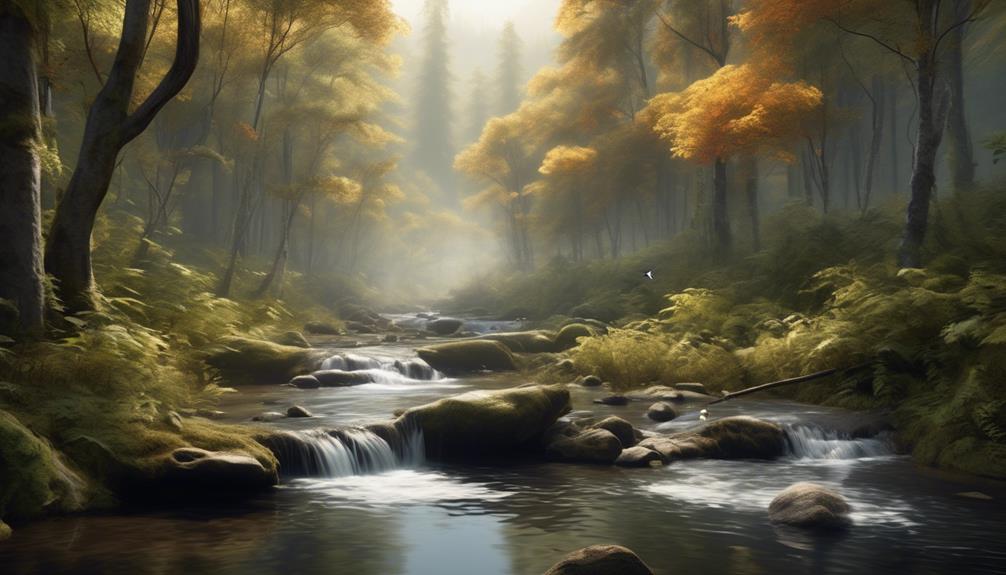
Exploring potential locations for field recordings involves considering the acoustic environment and ambient sounds to align with our recording objectives. When choosing the perfect location, we seek areas with minimal human-made noise and a rich tapestry of nature sounds. This diversity allows our recordings to capture the essence of the environment, providing a rich and immersive audio experience.
Scout potential locations beforehand to evaluate the sound environment and identify any potential challenges. It's crucial to pick locations that resonate with our personal interests or themes, fueling our passion for recording. Whether it's the tranquil whispers of a forest or the vibrant energy of urban environments, the chosen location should offer the potential for unique and high-quality audio recordings.
When capturing nature sounds, a stereo mic can help pick up sounds in their full richness and depth, enhancing the immersive quality of the recording. By carefully selecting and evaluating potential locations, we can ensure that our field recordings capture the true essence of the environment in stunning stereo audio.
Managing External Factors
Scouting potential locations beforehand to evaluate the sound environment and identify any potential challenges prepares us to effectively manage external factors during our field recording sessions. When it comes to managing external factors, an environmental assessment is crucial. This involves identifying potential sources of noise and assessing ambient noise levels to adapt recording techniques accordingly.
In outdoor settings, using windshields, dead cats, or blimps can minimize wind interference and maintain the clarity of recordings. Location scouting is essential for choosing spots that capture the desired sounds while avoiding unwanted noise.
Utilizing closed-backed headphones as monitoring tools helps in assessing sound levels and environmental noise before and during recording, ensuring high-quality field recordings. Being adaptable is key; being prepared to adjust recording techniques, microphone placement, and gain levels based on dynamic external factors encountered during field recording sessions.
Capturing the Best Possible Sound
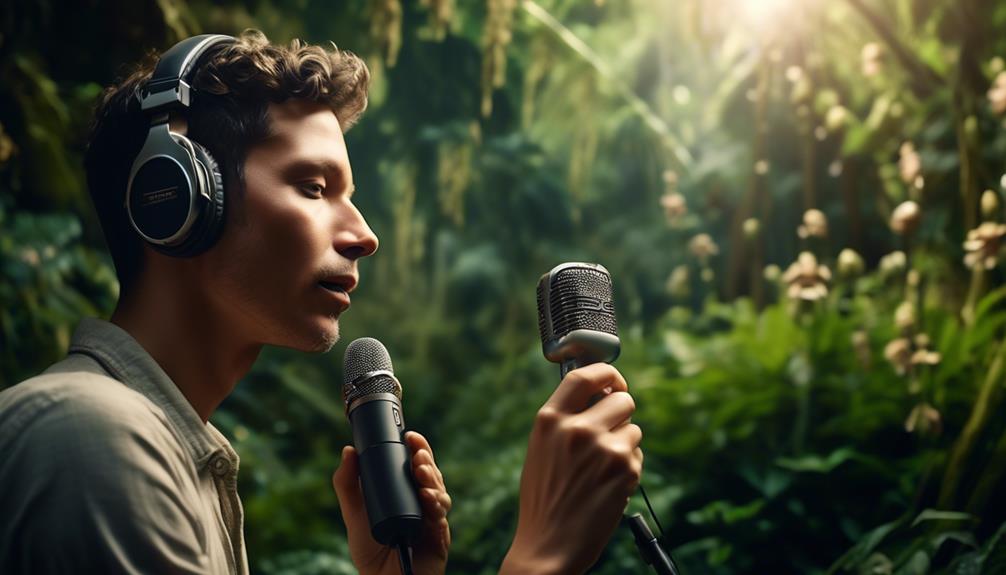
To capture the best possible sound during field recordings, we prioritize the purpose of our recordings to guide our decisions on technology, techniques, and ethics. When recording in the field, the quality of the sound is paramount. Here are three essential considerations for capturing the best possible sound:
- Invest in Quality Equipment: Select a field recorder with low noise preamps and good quality analog-to-digital converters. Consider reputable brands like Sound Devices, known for their reliable and high-performance recorders. Additionally, investing in condenser mics with versatile polar patterns can significantly enhance the quality of your recordings, ensuring that you capture the full richness and depth of the sound.
- Implement Proper Techniques: Utilize high-pass filters to eliminate unwanted low-frequency rumble and wind noise, ensuring that your recordings are clear and free from distractions. Set appropriate levels to prevent distortion while capturing the nuances of the environment. Pay attention to mic placement and utilize techniques that are specific to voice recording or ambient sounds, depending on the purpose of the field recording.
- Ethical Considerations: Always consider the ethical implications of your recordings, especially when recording wildlife or indigenous communities. Respect the privacy and rights of individuals and the environment, and ensure that your recordings are made with integrity and consideration for all parties involved.
Elevating Your Recording Game
Understanding the purpose of field recordings is crucial in elevating your recording game, as it guides our approach, equipment choice, and recording techniques. When it comes to field recording, selecting the right equipment is paramount. Consider options like the Zoom H1n or Tascam DR-05 for budget-friendly, high-quality recordings. As we develop our skills through practice, it's essential to experiment with different techniques and learn from experienced field recordists. Additionally, honing our patience and attentiveness to the environment is key.
In terms of recording techniques and equipment, setting recording levels carefully and choosing high-quality formats like 24-bit WAV are essential. Depending on our recording needs, selecting appropriate microphones such as lavalier, shotgun, dynamic, or digital recorders is crucial. Furthermore, embracing best practices like respecting local laws, obtaining permissions for sensitive locations, and documenting recordings with metadata is imperative.
To further elevate our recording game, we can explore sound design and editing software such as Adobe Audition, Logic Pro, or other digital audio workstations. Additionally, investing in quality audio interfaces can significantly enhance the overall recording experience. By continuously improving our skills through practice and experimentation, we can elevate our field recording game to new heights.
Frequently Asked Questions
How Do I Learn Field Recording?
Learning field recording involves mastering various aspects such as nature sounds, urban environments, wildlife recordings, and soundscapes.
It's crucial to grasp equipment basics, professional tips, audio editing, location scouting, and how to tackle weather challenges.
Practice recording techniques with different microphones and settings.
What Do You Need for Field Recording?
For field recording, we need specialized equipment to capture sound environments effectively. It includes high-quality microphones for precise microphone placement, wind protection, and a portable setup.
We must master recording techniques to minimize ambient noise and post-process recordings for optimal results.
Whether capturing wildlife sounds or urban landscapes, understanding the unique challenges of each environment is crucial for achieving mastery in field recording.
What Is a Good Field Recorder?
When considering a good field recorder, prioritize features like high-quality built-in microphones or versatile XLR inputs for external mics.
Look for portability and compatibility with other equipment and software.
Ensure the recording format allows for uncompressed, high-resolution audio.
Windproofing solutions are essential for capturing clear sound in various environmental conditions.
Consider post-processing flexibility and microphone choices for wildlife, urban, and remote location recordings.
What Are the Best Levels for Field Recording?
When setting up our equipment for field recordings, we carefully consider the sound environment and potential loud sounds. We adjust the mic placement and recording distance based on the context and weather conditions.
We also take into account wildlife encounters and ambient noise to capture movement and spatial awareness.
In post-processing, we prefer high-quality formats and use techniques to enhance the recordings while maintaining the integrity of the original sound.
How Can Contact Microphones Improve the Quality of Field Recordings?
When it comes to enhancing the quality of field recordings, using top contact microphones for field recording can make a significant difference. These specialized microphones pick up sound vibrations directly from the source, resulting in clearer, crisper recordings with minimal environmental interference.
Conclusion
So, whether you're just starting out or looking to take your field recordings to the next level, the key is to invest in the right equipment, scout out ideal locations, and master the art of managing external factors.
By prioritizing sound quality and constantly honing your skills, you can elevate your recordings to new heights and capture the perfect audio for your projects.

